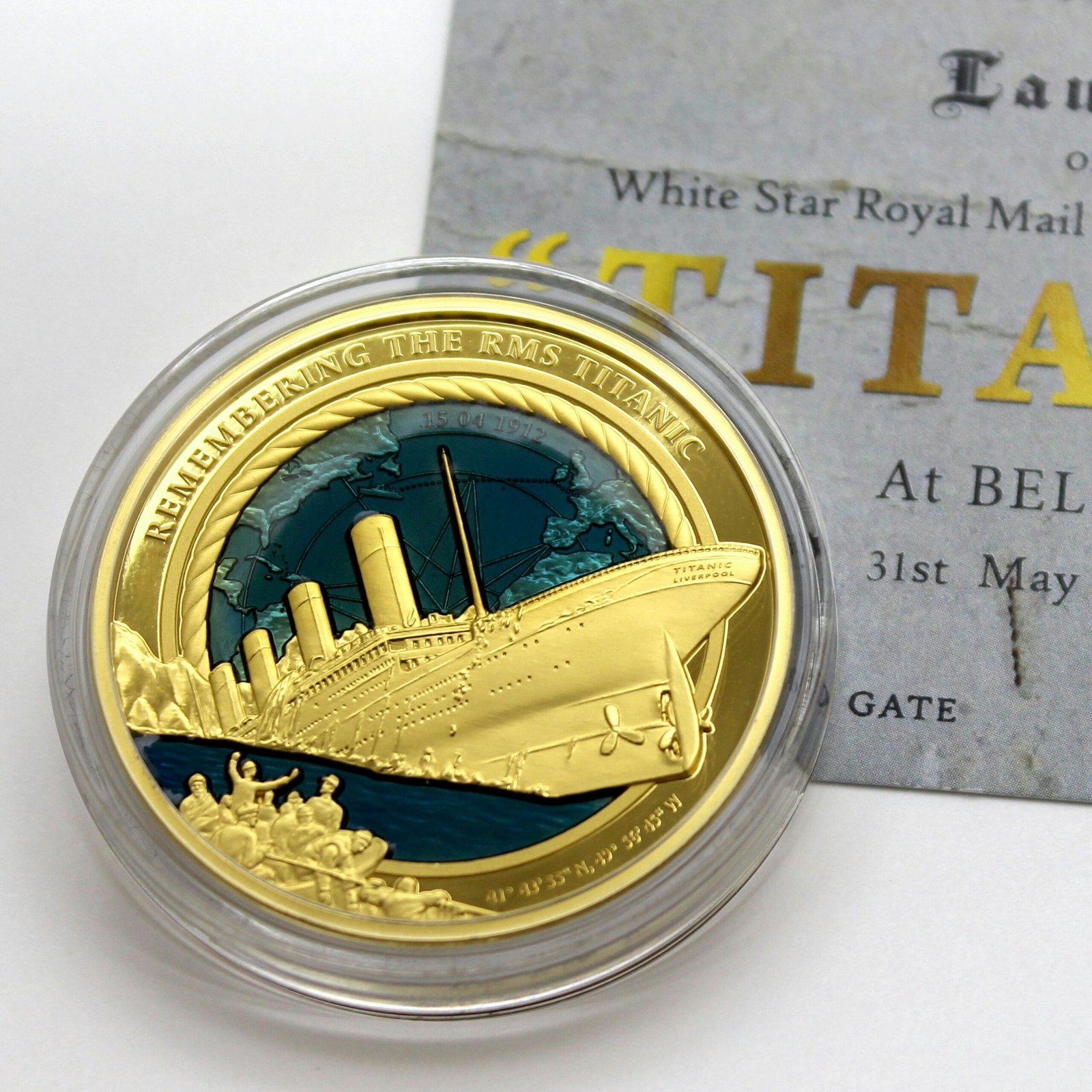The RMS Titanic Tragedy: A Historical Account
In 1912, the world was shaken by one of the most tragic maritime disasters in history. On April 15th, the RMS Titanic, a luxurious passenger liner, sank in the North Atlantic Ocean after colliding with an iceberg. This catastrophic event occurred during the ship’s maiden voyage from Southampton to New York City, leaving a devastating impact on the lives of those on board.
The Ill-Fated Journey
The Titanic, hailed as the “unsinkable” ship, embarked on its journey with great fanfare and optimism. Passengers from all walks of life, including the wealthy elite and immigrants seeking a better life in America, eagerly boarded the ship. However, fate had a different plan in store.
On that fateful night, as the ship sailed through treacherous icy waters, it struck an iceberg, tearing a large hole in its hull. The impact was catastrophic, causing the Titanic to start taking in water rapidly. Despite the efforts of the crew to seal off the affected compartments, the ship’s fate was sealed.
The Tragedy Unfolds
As the Titanic began to sink, chaos ensued on board. Panic and confusion gripped the passengers and crew as they realized the severity of the situation. The lack of adequate lifeboat provision became painfully evident, as there were not enough lifeboats to accommodate all those on board.
Amid the chaos, the crew worked tirelessly to evacuate the ship and save as many lives as possible. However, the limited number of lifeboats meant that many were left stranded on the sinking vessel. The sheer scale of the disaster made rescue efforts incredibly challenging, and the closest ship, the RMS Carpathia, was hours away.
Tragically, the Titanic sank beneath the icy waters of the North Atlantic Ocean after just two hours and forty minutes. The loss of life was immense, with estimates ranging from 1,490 to 1,635 individuals perishing in the tragedy. The survivors, left traumatized by the experience, faced an uncertain future.
Impact and Legacy
The sinking of the Titanic had far-reaching consequences that extended beyond the immediate loss of life. The tragedy highlighted the need for improved safety measures and regulations in the maritime industry. It served as a wake-up call to the world, prompting a reevaluation of shipbuilding standards and emergency procedures.
In the aftermath of the disaster, international maritime regulations were overhauled to ensure that ships were equipped with an adequate number of lifeboats for all passengers and crew. Additionally, wireless communication systems were improved to enhance distress signals and facilitate faster rescue efforts.
The Titanic tragedy also sparked a renewed interest in maritime safety and disaster preparedness. It served as a catalyst for advancements in shipbuilding technology and navigation practices, with a greater emphasis on avoiding icebergs and navigating through hazardous waters.
Over the years, the story of the Titanic has captivated the public’s imagination, spawning numerous books, documentaries, and movies. It has become a symbol of human hubris and the consequences of underestimating the power of nature.
Remembering the RMS Titanic
The sinking of the RMS Titanic on April 15th, 1912, remains a poignant reminder of the fragility of human life and the need for constant vigilance in the face of potential disasters. It serves as a solemn tribute to the lives lost and a reminder of the importance of learning from past tragedies to ensure a safer future.
As we reflect on the events that unfolded over a century ago, let us remember the victims of the Titanic and honor their memory by striving for a world where such tragedies are prevented through enhanced safety measures and a commitment to preserving human life.

